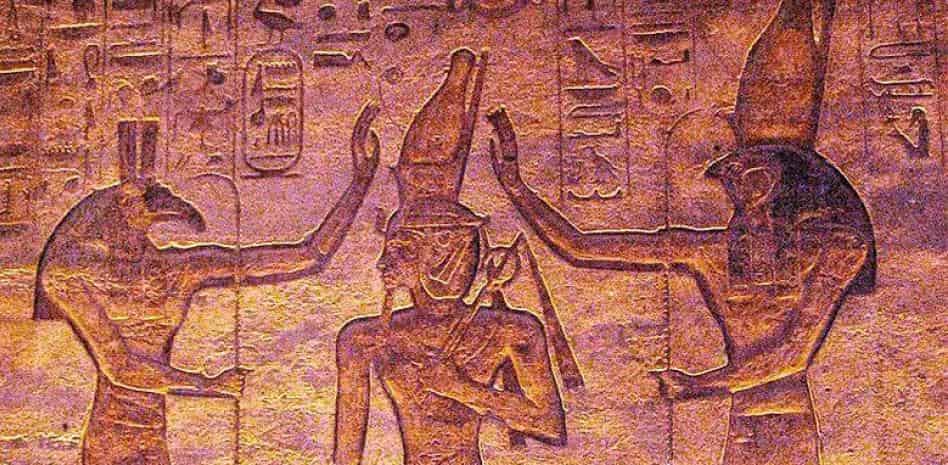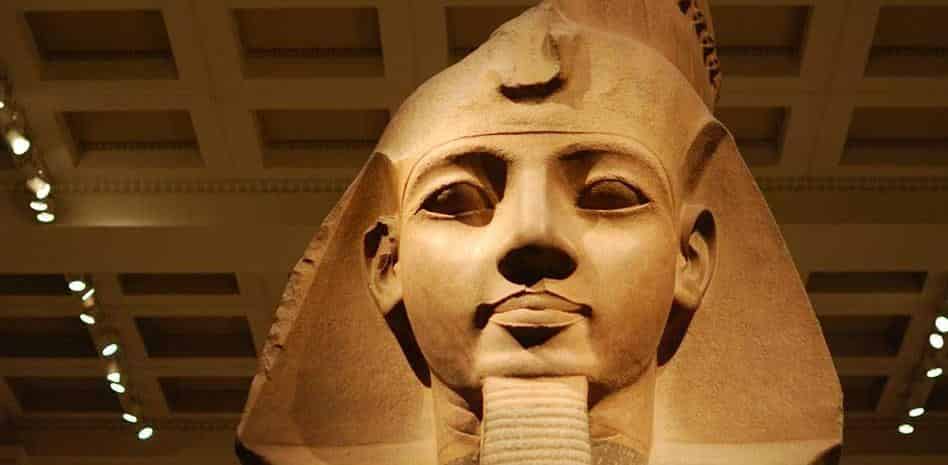On the death of his father, Seti I, after fifteen years of reign, Ramesses ascended the throne. The third pharaoh of the Nineteenth Dynasty of ancient Egypt rose to power.
From that coronation ceremony, Ramses II would become a distant and sacred figure for his people. Egypt, a civilization that already had 2,000 years of history, had never known a pharaoh who took advantage of political propaganda as much as he did.
Ramses went to the point of forging an almost superhuman myth. He was helped by an unusual longevity in those times (he lived, according to some hypotheses, 85 years and was in power 67) and by a context of relative outer peace and inner prosperity.
Finally, the year 1213 BC, Ramses II died. His rule was the last flash of splendor of that millennial civilization, and his fame was so enormous that it has crossed more than three thousand years of history. These were the keys to his reign:
1- End fraud
The administration of justice in the time of Ramses was characterized by its enormous emphasis on eradicating the abuses of the tax collectors, who, in the event of the insolvency of the peasant, could no longer seize his assets, as was the case in earlier times.
2- Army of civil servants
Ramses II had a tax and administrative machinery, in the hands of a veritable army of scribes, which was perfectly improved by virtue of the efforts of his predecessors.
In addition, the gold mines of Nubia and those near the Red Sea, a state monopoly, were working at full capacity to feed the public coffers.
3- Outside peace
During the first two decades of his reign, Pharaoh worked hard to lay the foundations for a lasting peace with the most troubled neighboring peoples.
He signed an invaluable peace treaty with the Hittites after the Battle of Kadesh and erected a series of fortifications on his western border to keep the Libyans at bay.
This relative foreign peace served to give a boost to foreign trade, which was a state monopoly and an essential activity for a country as special as Egypt – an oasis in the desert that lacked, for example, sufficient iron mines.
4- Religious control
In the interior of the country, from the beginning he mitigated the intrigues of the great factual power within Egypt: The rich priests of the temple of Amun in Thebes.
As soon as he ascended the throne, the pharaoh succeeded in having his candidate, Nebwenenef, elected to the position of high priest.
And yet another coup to keep the priests away from the intrigues of power was the transfer of the capital from Thebes to the new Pi-Ramesses.
5- Builder
Abu Simbel, The Ramesseum, Luxor … Ramses II probably built like no pharaoh had. Working on state monuments was an obligation of every citizen, but, as Ramses II wrote on one of the many stelae, they were paid.
He not only built monuments, he also built water wells throughout the desert that benefited internal trade.
6- Cult of personality
Ramses II built temples – or appropriated them – throughout the Nile valley and ordered them to be decorated with reliefs that staged the prodigiousness of his deeds, his divine strength and his ascendancy over the rest of mortals.
And that is the main source of his biography, a life that arouses controversy among scholars, struggling to discern what is true and what is fiction from everything that can be read on the stones and on some papyri.
7- Succession problems
His longevity was unusual, and it also became a double-edged sword. Ramses II saw numerous family members die, including wives and children.
The collaborators who helped him to forge an iron state of prosperity also were disappearing. Pharaoh’s old age made him unable to control the irregularities of his new officials.
The high priest of Amun that Ramses had chosen, Nebwenenef, also died, and his successor, Bakenkhonsu, was re-creating a state within a state in Thebes.
With his longevity, in addition, Ramses caused a kind of generational disorder (the son who would eventually succeed him, Merneptah, would be crowned at a very advanced age) that would lead to serious succession problems for the future pharaohs of his dynasty.








